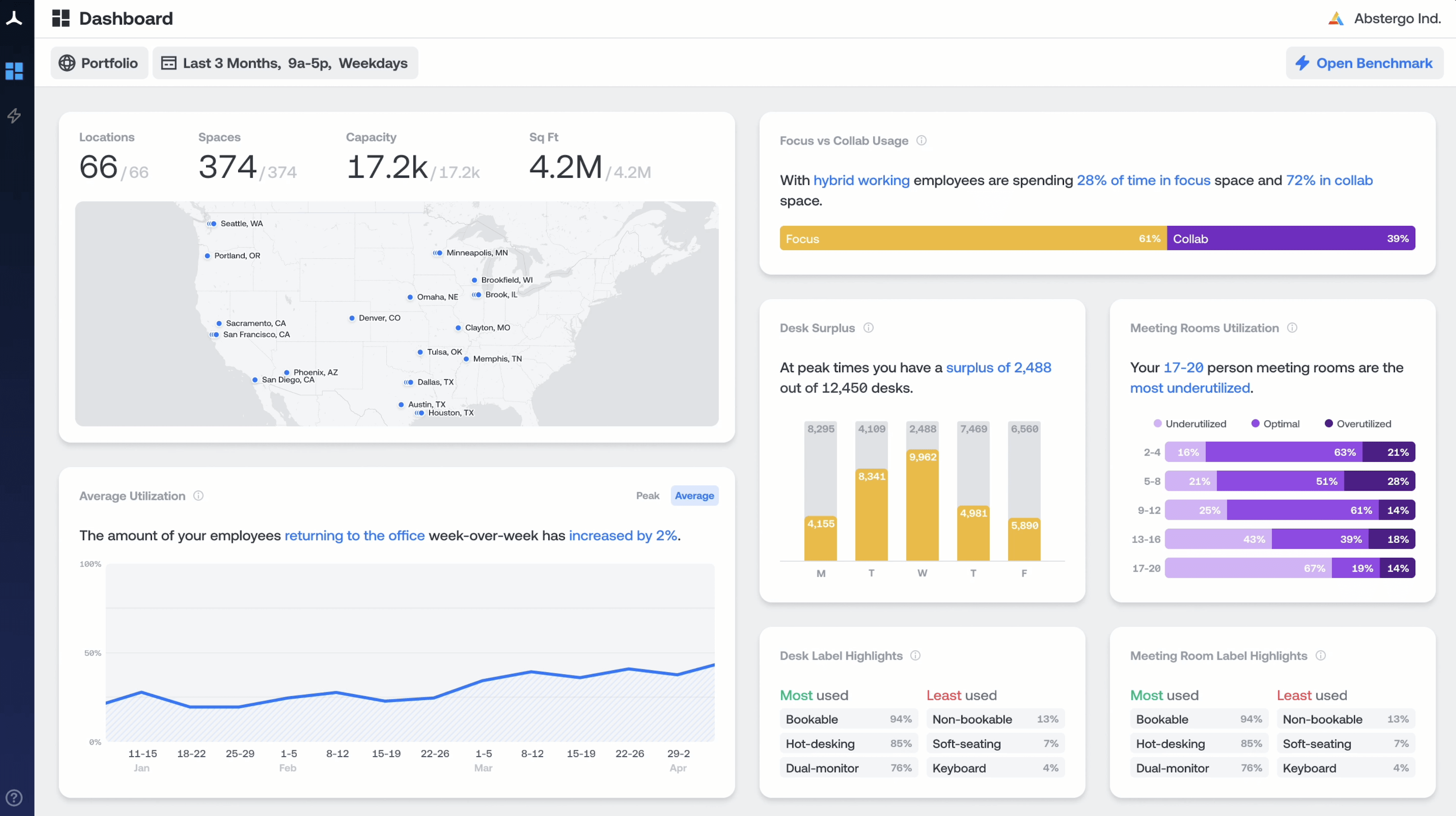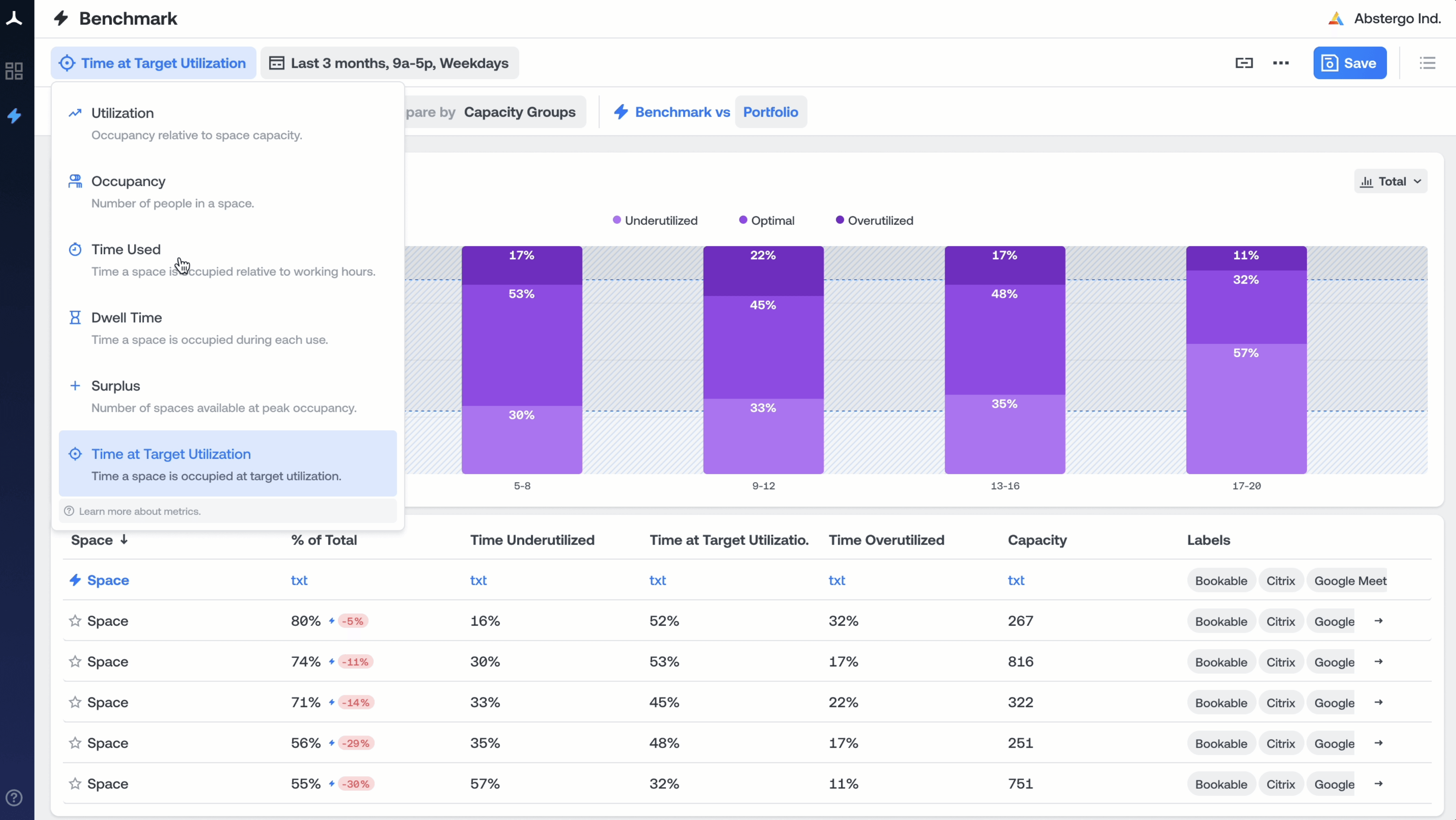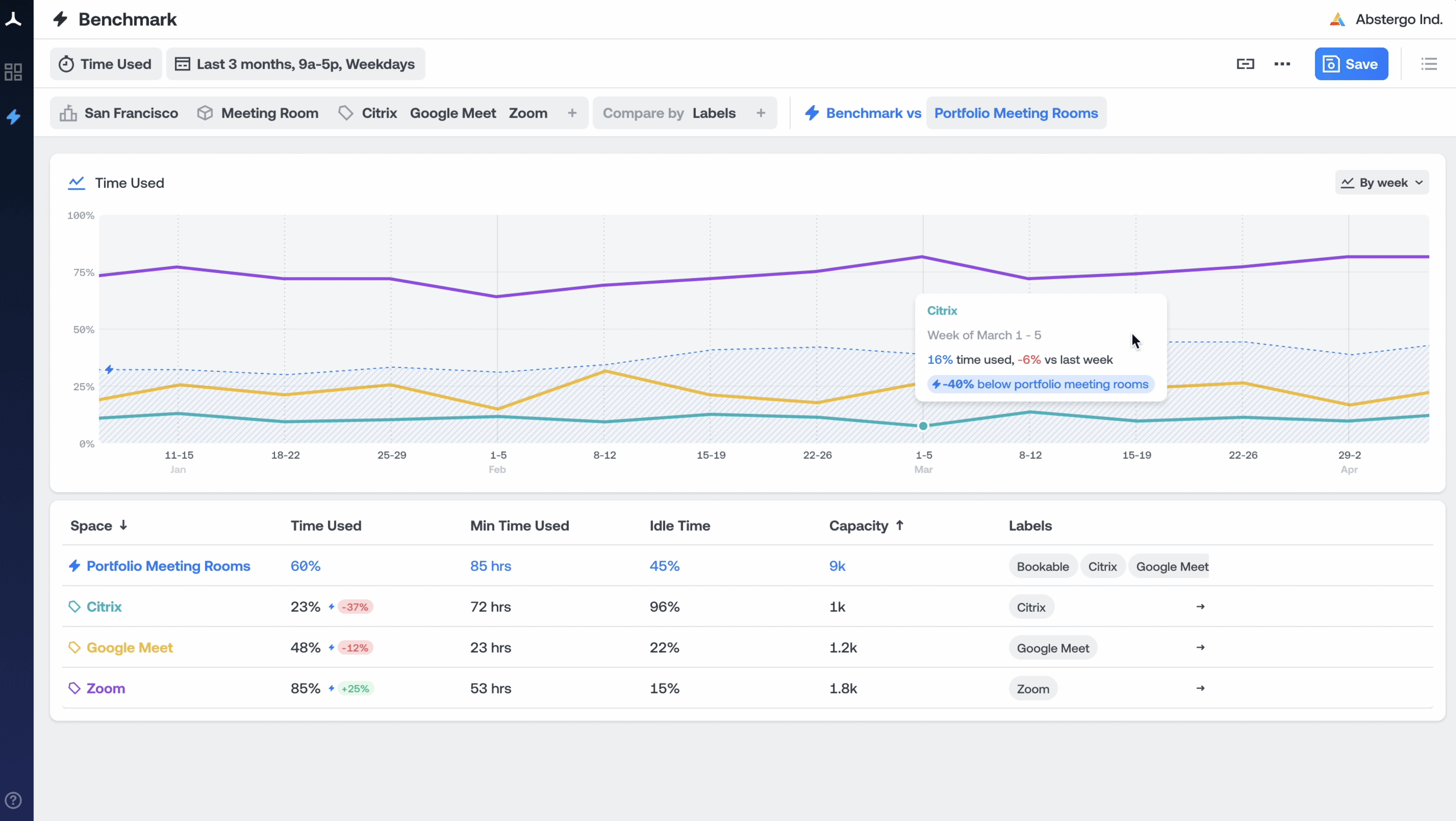Today is the first in a new series about what our product teams are building at Density.
We plan to give you an early look at the products, prototypes, tools, and technology we’ve been investing in behind the scenes. While everything we share here is subject to change, we believe there is more value in being open about what we’re building than doing so behind closed doors.
Since our founding, eight years ago, we’ve spent a lot of time thinking about the science of how people use buildings. But we’ve always learned the most when talking to you: our community and customers. You are experts in the design and management of the most iconic workplaces in the world.
Our beliefs about buildings, the hybrid workplace, remote and “dynamic work,” and the ingredients for a sustainable future have all been shaped by thousands of conversations with you all. Building in Public is meant to facilitate more of these conversations out in the open.
We’re going to share and talk about our work openly because we believe it will make our products better. We’ll get more critique, more criticism, more copycats — but we’ll learn faster than we would if we just built in the dark.
We’ve always learned the most when talking to you: our community and customers.
The Atlas Project
Up first is an internal project we call “Atlas.” The project focuses on navigation, labeling, and benchmarking. Atlas was designed to improve on our current analytics platform.
Our customers manage billions of square feet of space. These office portfolios can range from 250k square feet to 50m+. When you’re operating at that scale, the datasets can get overwhelming and it can be easy to lose track of how and why all this space is used.
Customers want fast, data-rich systems, that make benchmarking the performance of any given space or building a breeze.

Labeling & Space Functions
A building is like a nesting doll. Rooms within floors, floors within buildings, buildings within a campus, and so on. The right context can breathe life into these space types. It just requires the right tooling.
- In the interface, as an example, you’ll notice a comparison between Focus and Collaboration. These are spaces that have been explicitly designed for those two types of work and categorized as such. The goal is to help users measure the performance of a space against its purpose not just its capacity.
- Most software limits context to a space’s name, location, and a generic utilization metric. And we’re no exception. Humans deserve more nuance than “% occupied.”
- Atlas is designed to change this. Everywhere you go, you will encounter a space’s context (e.g. team assignment, room amenities, space purpose, relative size, geo-location, similarity to other spaces, and eventually anomalies).
- You can also see a snapshot of the most-used desk types or amenities — “traits” inherent to a space. They can be as unique or as general as you please.
- The more you use labels, the more interesting your queries should become. Like a video game, the more you play, the more utility you get. Software should be fun.
Navigation
Mini-maps are useful because they provide context and situational awareness. This map is designed to do the same.
- First, you’ll always know where you are. In large datasets, it’s easy to lose the context of the data you’re analyzing. If you’ve ever spent any time deep in an Excel sheet building a report about “return to office” spanning a million sqft of space over six regions and two timezones, you’re probably familiar with the hours of painstaking detail and various datasets it requires to normalize and report on even the most basic questions about use.
- Second, the map changes with the scope of your question. If you’re wondering if your San Francisco teams are using the office neighborhoods allocated to them, you can select the region and your mini-map and the scope of its associated data (locations, spaces, capacity, sqft, etc) will all adjust live.
- We have a number of exciting things coming to this feature that will expand on the map’s native capability.

Benchmarking
Over the years, we’ve learned there’s a simple but often forgotten second part to the question: “How often do people use X?” What most users are really asking is: “How often do people use X when compared to Y?” It seems comparison (at least in real estate) is at the heart of understanding.
- We’ve tried to bake benchmarking into as many places in Atlas as possible. Wherever you see a blue ⚡, there is a comparison against a broader dataset. This is a benchmark. The goal is to unearth relative performance everywhere you go.
- Although Atlas is designed to have a helpful opinion, you’re able to modify the benchmark at any time. In other words, compare against anything (and as much as) you’d like.
- Atlas is also more literal. Utilization, Occupancy, Time Used, Dwell Time, Surplus, Time at Target. These are all now fast, explicit, and pre-defined metrics.

Quality of Life improvements
Atlas is a snappy and forgiving interface. It’s borderline fun. Our goal is to give you tools you love to use. To do that, we’re trying to build tools we love to use. In that spirit, there are lots of little quality of life improvements to Density’s core platform in Atlas v1.
Here are a few:
- Response times (on the largest queries) are now measured in milliseconds. It’s fast. Like 10x faster than our current system.
- Drop-downs are forgiving. They won’t disappear on you if you move your mouse off-target.
- Benchmarking is visible everywhere, editable, and active by default.
- Icons are easier to understand and the system has been designed for legibility and comprehension.
- And there are tooltips explaining how we did our math, the definition of a metric, or how a widget works.

Availability
Atlas’ benchmarking and API will be available to a small set of customers in July, and the landing or “insights page” will follow. We’ll be expanding access and pushing updates throughout the Summer.
Atlas is in active development with updates pushed every week. If you have any questions or feedback or just want to push our thinking, please feel free to contribute in the comments of our accompanying LinkedIn post.
And if you’re a Density customer and would like early access, you can send us an email at atlas@density.io.
Andrew Farah, Density CEO
ps. At the moment, “Atlas” is just an internal codename but I kind of dig it as a potential product name.








